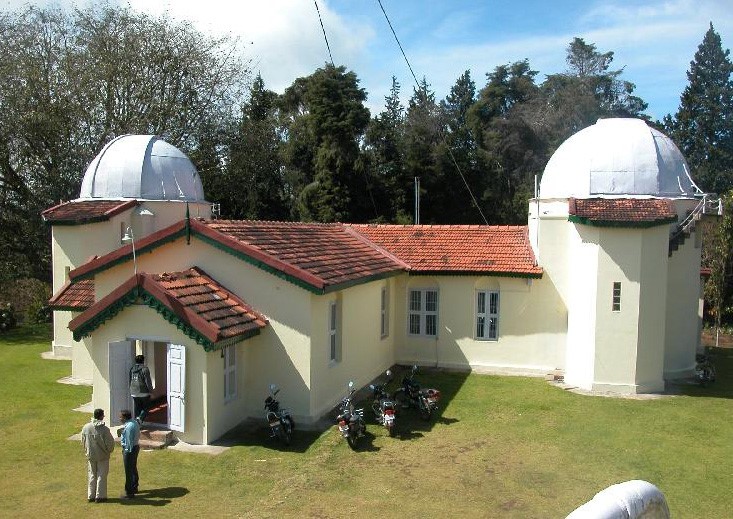





Disclaimer: Copyright infringement not intended.
Context
Details
Historical Context
The Great Drought of 1876:
Establishment of KoSO:
Scientific Contributions
Legacy and Continuation
Equipment and Facilities
|
PRACTICE QUESTION Q. The Kodaikanal Solar Observatory continues to be a hub for solar research and education, contributing to our understanding of the Sun's behavior and its influence on Earth's climate and space weather. Discuss. (150 Words) |









© 2026 iasgyan. All right reserved